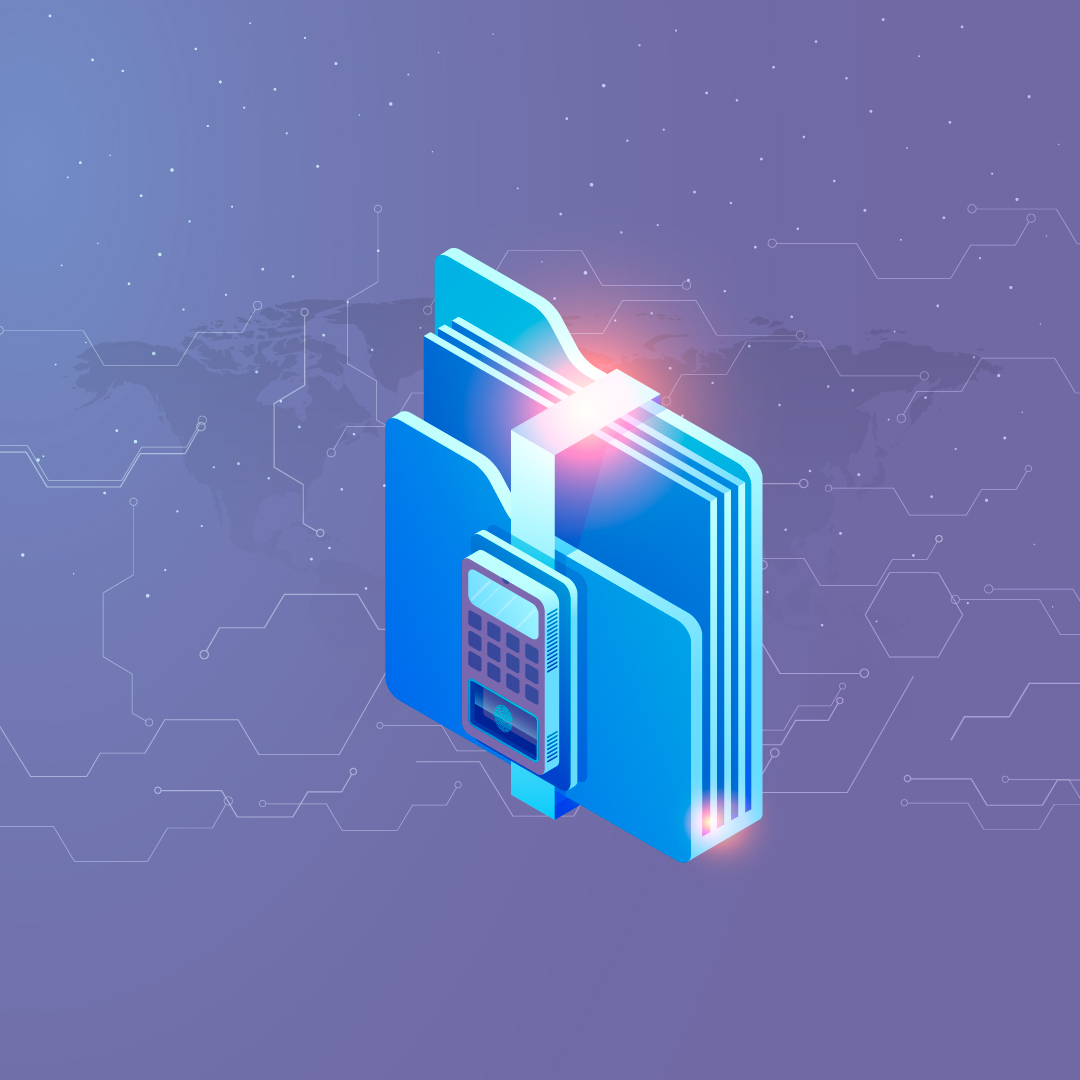 But, for other organizations, there’s a much more cost-effective alternative. With StorCycle Storage Lifecycle Management Software, organizations now can easily identify inactive data and whole projects that are consuming valuable space on primary storage and effortlessly move that data to a Perpetual Tier, consisting of cloud, spinning disk, object storage and tape. This process frees up costly primary storage capacity for active data, reducing backups, increasing performance and saving money. It also ensures that inactive data and finished projects are located on the right storage tier for future access and the ultimate protection.
But, for other organizations, there’s a much more cost-effective alternative. With StorCycle Storage Lifecycle Management Software, organizations now can easily identify inactive data and whole projects that are consuming valuable space on primary storage and effortlessly move that data to a Perpetual Tier, consisting of cloud, spinning disk, object storage and tape. This process frees up costly primary storage capacity for active data, reducing backups, increasing performance and saving money. It also ensures that inactive data and finished projects are located on the right storage tier for future access and the ultimate protection.
Latest StorCycle Enhancements Help Manage Data at Scale
The latest release of StorCycle, 3.1, available in June, further enhances this process in four ways:
- Transparent Access/Symbolic Links

In addition to HTML links, StorCycle now enables users to replace an archived file with a symbolic link that points to a migrated file stored on a secondary NAS solution, such as Spectra BlackPearl NAS. Users and applications can transparently interact with a symbolic link as if it were a real file. The symbolic link does not actually restore the file to the original storage source, but makes the file accessible from its original location without the user or application being aware that is has moved.
- Migration to Amazon Glacier

In addition to its existing support for Amazon-compatible S3 storage, StorCycle can now also migrate data to and restore data from Amazon Glacier, enabling users to leverage this lower-cost cloud storage tier. In addition, data can be copied to the cloud for sharing with other groups and for use in cloud workflows such as transcoding and artificial intelligence (AI) tagging.
StorCycle also excels at allowing users to take advantage of very economical storage tiers that have a restore time of minutes to hours, such as Glacier and tape. Unlike competing data management software products, StorCycle’s HTML links make it very easy for users to restore their own files that have been migrated to these cost-effective storage tiers.
- Cost Savings Calculator
StorCycle now includes a tool to scan for data that is inactive and no longer needs to be stored on the Primary Tier. The tool shows the cost savings that would be realized if the inactive data were to be migrated to a lower-cost storage solution. Before an organization even purchases StorCycle, they can perform this scan of their own data to assess the data age. Then, based on costs provided by the organization themselves, they can use the built-in calculator to determine how much they would save by moving their inactive data to the cloud, NAS, object storage, or tape.
- Clone Migration
The clone migration project allows users to easily make copies of existing migrate projects and then make minor changes. This benefits those who want to do project-based archiving and prefer to select, for example, a different directory to migrate, but keep all other settings the same.
In summary, StorCycle ensures that data is stored on the right tier throughout its lifecycle, reducing storage costs by up to 70 percent and decreasing the amount of primary storage capacity used, backups required, new storage purchases made, storage administration necessary, cloud egress costs paid, as well as power, cooling and floor space needed.
To learn more about the value that Spectra StorCycle brings to data-driven organizations, please visit the StorCycle web page.






